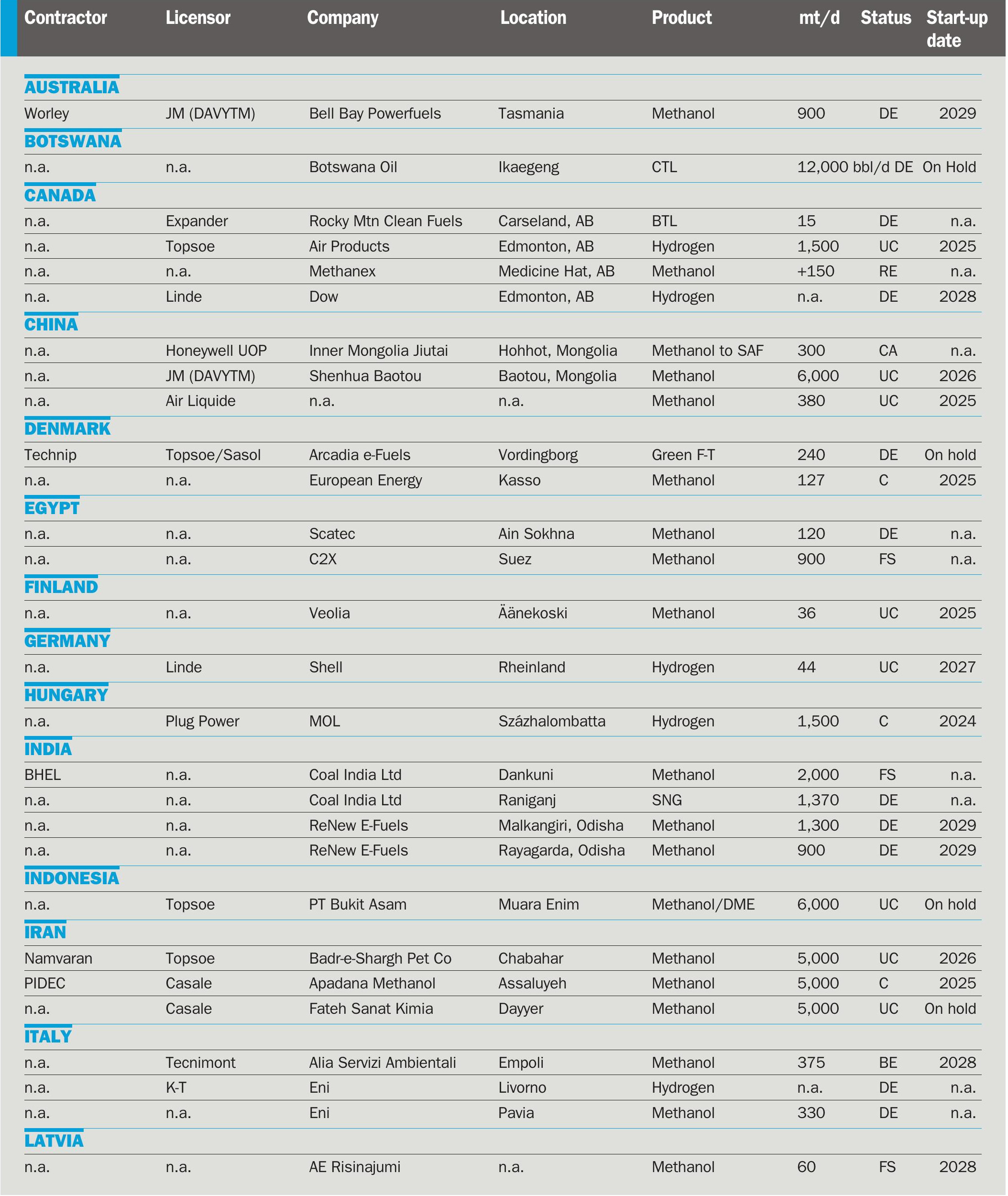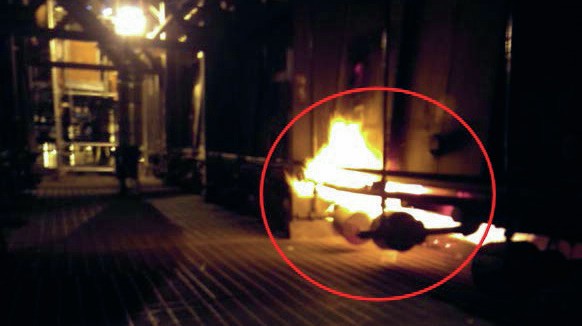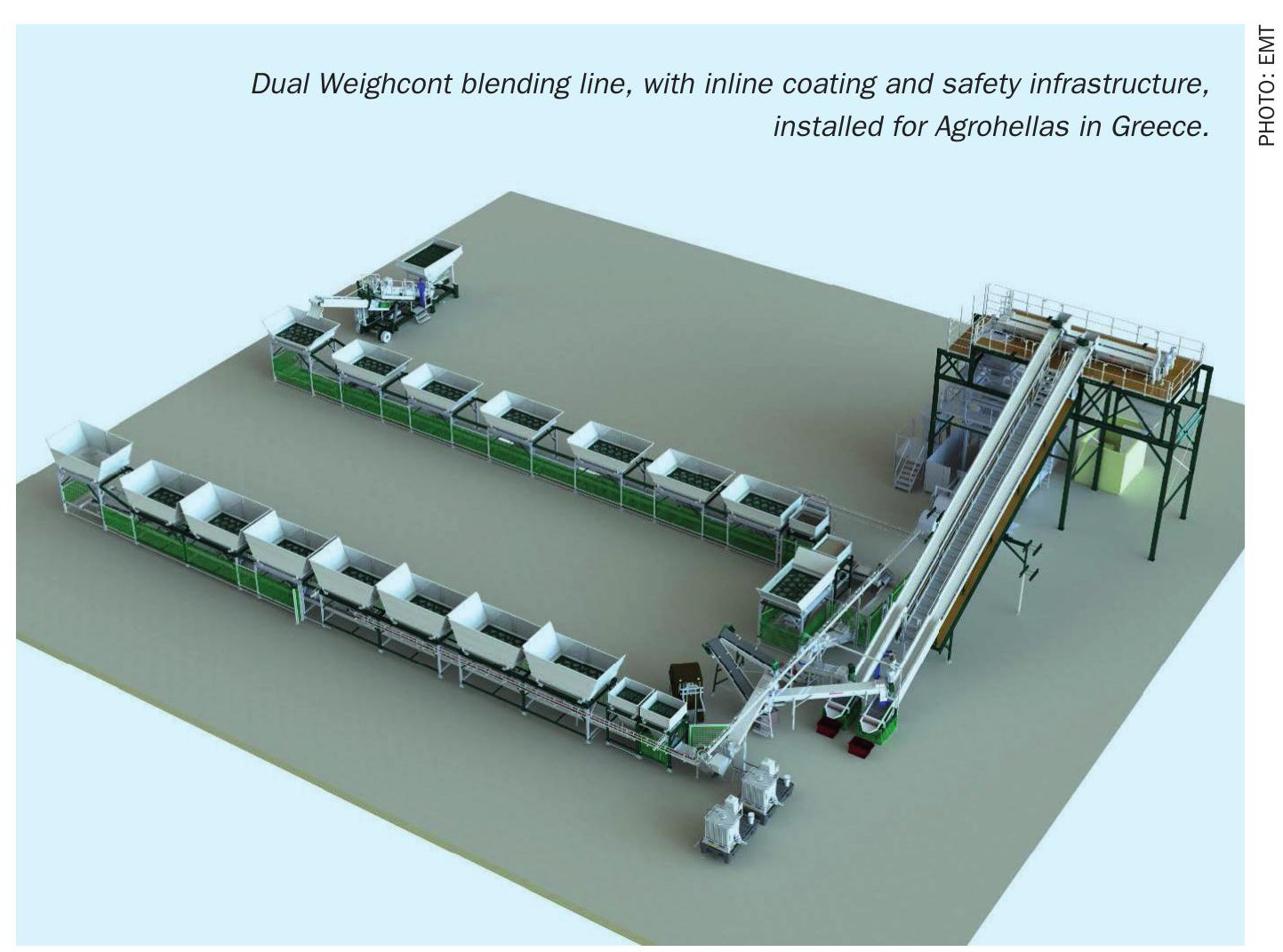Fertilizer International 527 Jul-Aug 2025
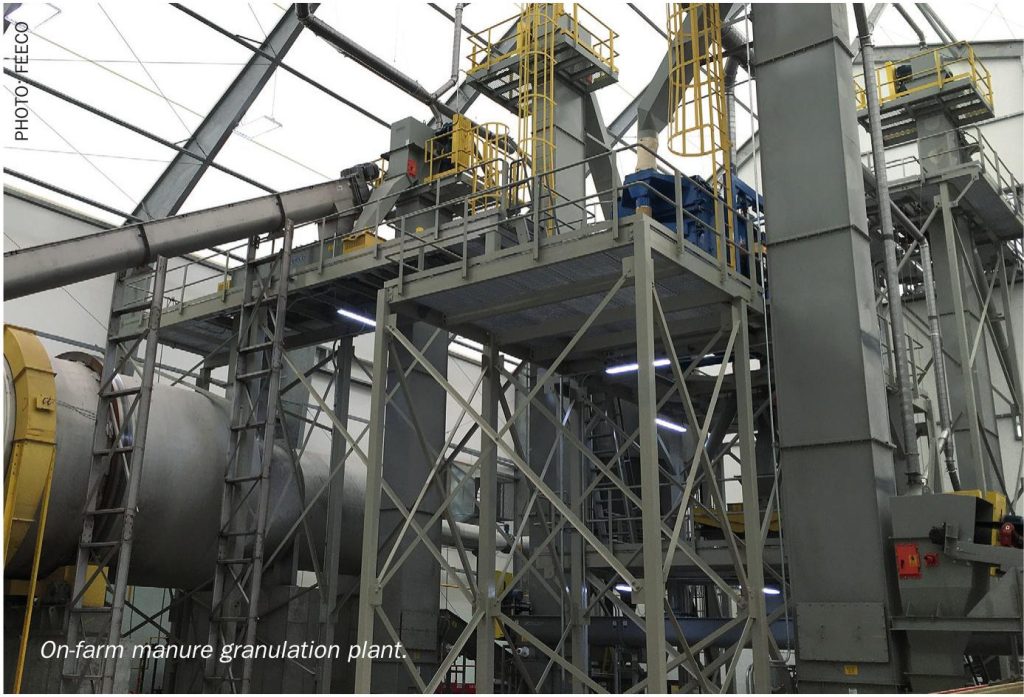
7 July 2025
Phosphorus recycling: the granulation opportunity
SUSTAINABLE PHOSPHATE PRODUCTION
Phosphorus recycling: the granulation opportunity
Granulation, backed by testing, can play a pivotal role in providing a scalable and reliable way to turn recovered nutrients into valuable inputs for agriculture, as Nick Reckinger of FEECO International explains.
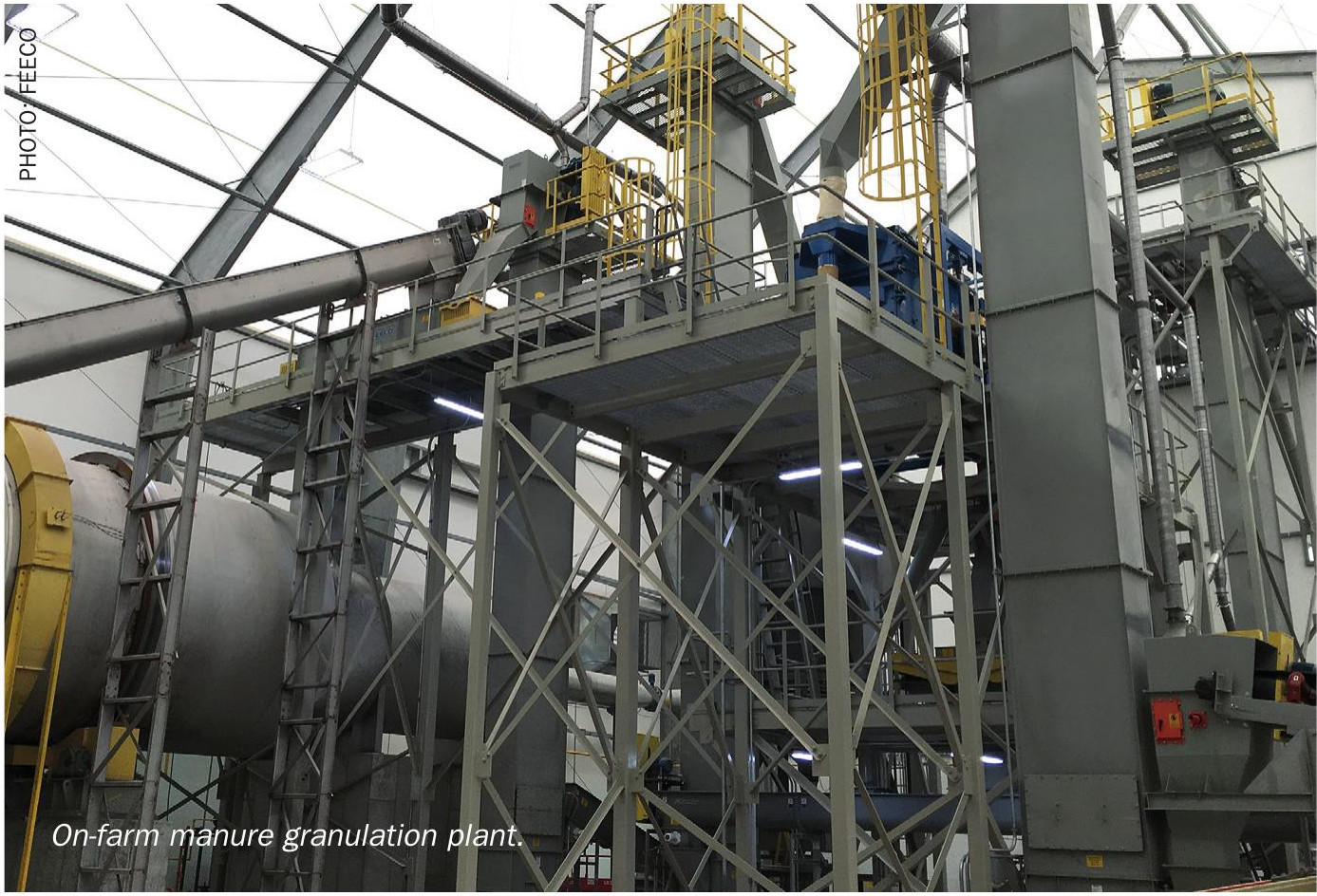
Phosphorus is one of life’s most essential elements. The nutrient underpins global food security by fuelling the biological processes that enable plant growth and animal development. Without it, crops wouldn’t grow, livestock wouldn’t thrive, and ecosystems would collapse. Yet, as a non-renewable resource for which demand continues to rise, phosphorus is increasingly at the heart of a global sustainability challenge.
Neither is today’s conversation around phosphorus sustainability just about optimising the mining and mineral processing stages of the fertilizer production process; it’s also about ensuring the future of this finite resource through recovery and reuse. That future increasingly points to phosphorus recycling – a field of research and innovation that has the potential to rewrite how we capture nutrients and feed the world.
Higher demand versus security of supply
Most of the world’s accessible phosphate reserves are concentrated in just a handful of countries, making global agriculture vulnerable to geopolitical and economic instabilities1 . The 800% phosphate rock price spike in 2008 – part of a general fertilizer affordability crisis which caused social unrest in several nations – serves as a stark reminder of both the importance of phosphorus and its vulnerability to supply disruption2 .
Agricultural demand, meanwhile, continues to grow. With the global population projected to surpass 9.7 billion by 20503 , the pressure on phosphorus resources has never been greater.
But it’s not just supply availability and risks that are driving urgency. Poor phosphorus management has led to excessive nutrient runoff into waterways, contributing to algal blooms, dead zones, and long-term ecological damage. The solution, increasingly, lies not in digging ever deeper for phosphate rock – but in closing the nutrient loop.
Turning waste into a resource
Human and animal waste streams represent a vast, underutilised reservoir of phosphorus. While municipal wastewater and livestock manure, for example, are enriched with this critical nutrient – much of the phosphorus present ends up in landfill or waterways, with waste management costs or undesirable environmental consequences.
Encouragingly, however, today’s researchers are exploring how these waste streams can be transformed into renewable phosphorus sources. A 2016 study found that just 37% of the phosphorus contained in domestic waste streams (including human food waste, human excreta, and animal manure) could supply the annual phosphorus demand for US corn production4 .
Countries like Switzerland have already taken legislative action. In 2016, the country mandated phosphorus recovery from sewage sludge, with a full rollout expected by 20265 . The European Union and Canada, meanwhile, have declared phosphorus a critical raw material. These developments are signalling a broader regulatory shift – one that forward-looking companies would do well to anticipate.
A business opportunity in waiting
Beyond meeting regulatory requirements, there is also a compelling business case for phosphorus recycling. Nutrient recovery at wastewater treatment plants, farms, and processing factories offers a way to reverse the costs and liabilities associated with waste streams and turn these into revenue-generating assets instead. These municipal and commercial operations – by transforming waste into standardised, market-ready fertilizers – can reduce their disposal costs and enter the emerging market for sustainable agricultural inputs.
As consumer and corporate demand for environmentally responsible products grows, recycled fertilizers offer companies an opportunity to align their businesses with sustainability goals while enhancing their resilience to fluctuating raw material prices.
Granulation: the bridge to market
While phosphorus can be recovered in liquid or solid forms, turning it into a usable, transportable, and market-ready fertilizer requires additional processing. This is where granulation – a well-established fertilizer industry technique – comes into play.
Granulation converts fine powders or sludges into uniform, dry granules. In the case of manure or biosolids, wet granulation is used to pelletise nutrient-rich solids which are then dried – creating a product that is easier to handle, store and apply to soils. A well-designed granulation system can produce a low-odour, pathogen-free fertilizer that meets or exceeds the Class A biosolid standards set by the US Environmental Protection Agency (EPA).
In a recent project, FEECO worked with a large-scale dairy farm to convert their manure digestate, previously a waste management challenge, into a premium granular fertilizer that could be sold on the market at a profit. The subsequent installation of an on-site granulation plant at the farm demonstrates the pivotal role granulation can play in transforming difficult-to-handle wastes into products that comply with market criteria – often a key barrier when closing the nutrient loop.
But granulation offers more than just convenience. It’s also a tool for improving nutrient use efficiency (NUE) as well. Nutrients not taken up by crops during the growing season can remain fixed in soil or be lost to the environment through runoff. This makes raising NUE particularly important for phosphorus, a nutrient where efficient delivery from fertilizer to crop has been low historically.
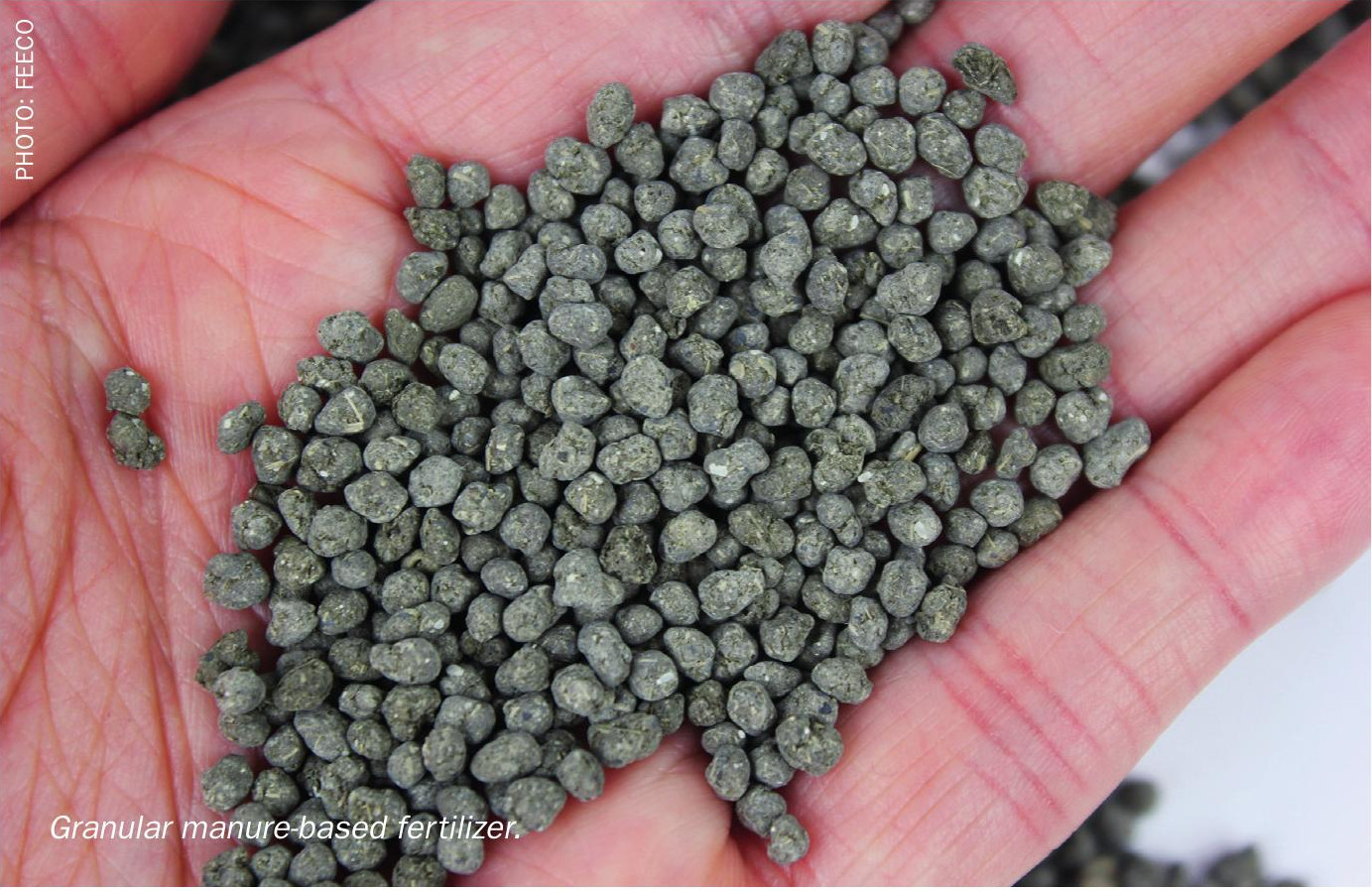
Granular fertilizers can improve phosphorus NUE in several key ways:
• Controlled nutrient release. Locking nutrients within granules helps to regulate phosphorus availability and supply and align this with crop requirements and uptake.
• Application in the right place. The uniformity of granules enables consistent and predictable spreading of fertilizers and their accurate placement in fields.
• Reducing leaching and runoff. Unlike livestock manure, dry and stable granules can be safely stored away from the environment until they are ready to be used.
• Precision nutrient blends. Coatings or micronutrients can be added during granulation to create specific nutrient formulations and improve crop fertilization performance.
Overall, by enhancing NUE, granulated products allow farmers to achieve the same or better crop yields using less fertilizer product – producing more from less – an outcome that benefits both the environment and the bottom line.
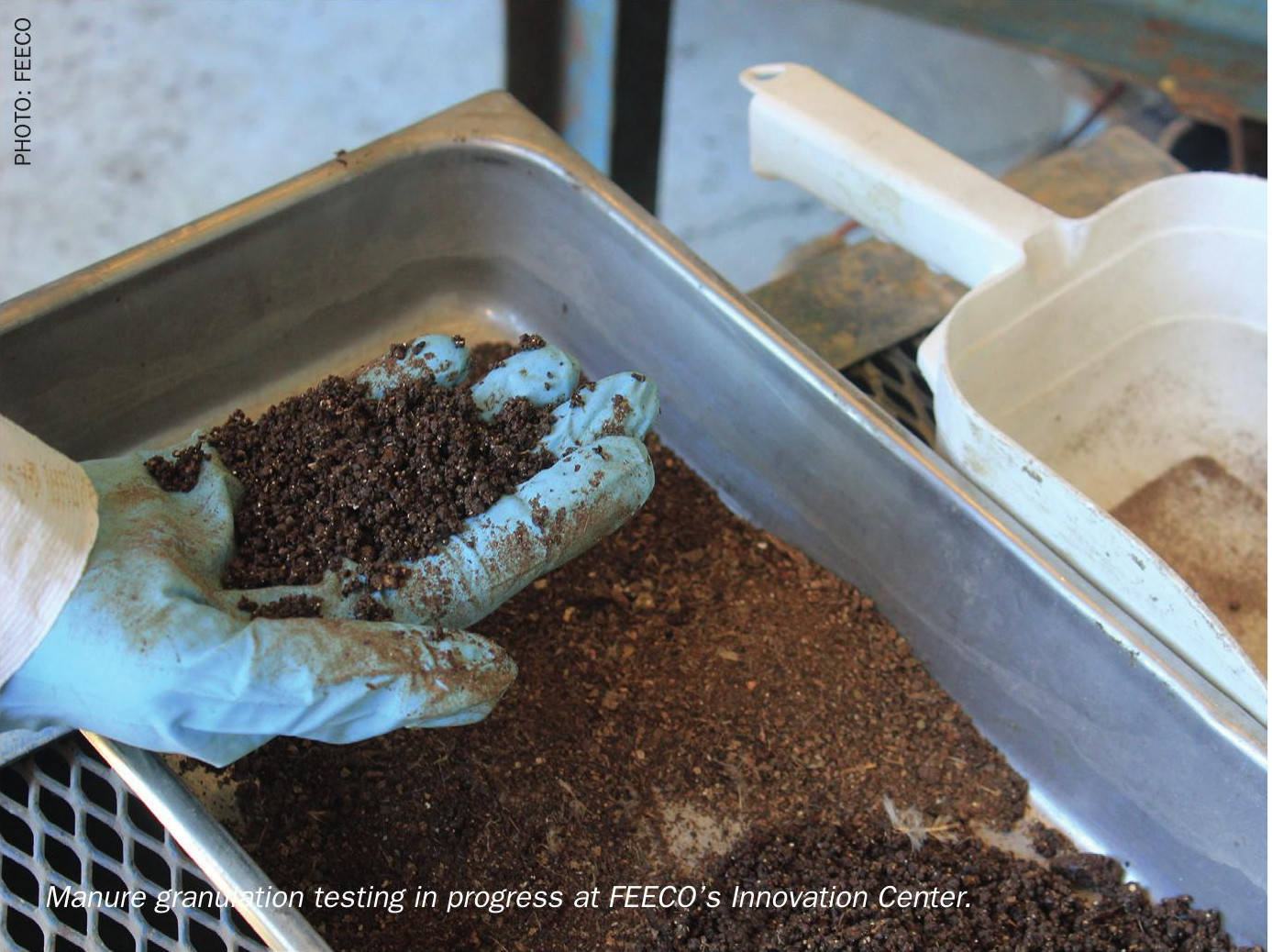
Testing critical for closing the loop
FEECO International has long been a partner to those industries working at the intersection of waste generation and disposal with the regeneration and reuse of resources. With its decades of experience designing custom granulation systems, FEECO has helped municipalities, farms, and food processors transform their waste materials into viable, market-ready fertilizer products.
FEECO’s state-of-the-art Innovation Center plays a key role here, providing the batch- and pilot-scale testing needed to develop bespoke granulation systems designed around unique source materials. Given that material characteristics vary from one source to the next, testing facilities like this allow waste recovery projects to derisk their investments, refine product formulations, and validate process performance before committing to full-scale operations.
With growing interest in sustainable phosphorus management, in our experience, testing capabilities are proving more critical than ever.
Looking ahead: a circular phosphorus economy
Phosphorus recovery and recycling is no longer a fringe concept – it is fast becoming a core pillar of global food security and environmental stewardship. The case for phosphorus recycling will only strengthen, in our view, as governments implement stricter nutrient discharge regulations, and as the fertilizer industry seeks to buffer itself from price volatility and security of supply risks.
Innovations in nutrient recovery, precision agriculture, and regenerative farming are converging to create a future in which phosphorus use is not only more efficient, but also circular. Granulation, backed by testing, will play a pivotal role in making this transition possible, providing a scalable and reliable way to turn recovered nutrients into valuable inputs for agriculture.
FEECO is proud to be on the front line of this transformation, providing the technology, testing, and expertise needed to close the phosphorus loop – one granule at a time.
References


